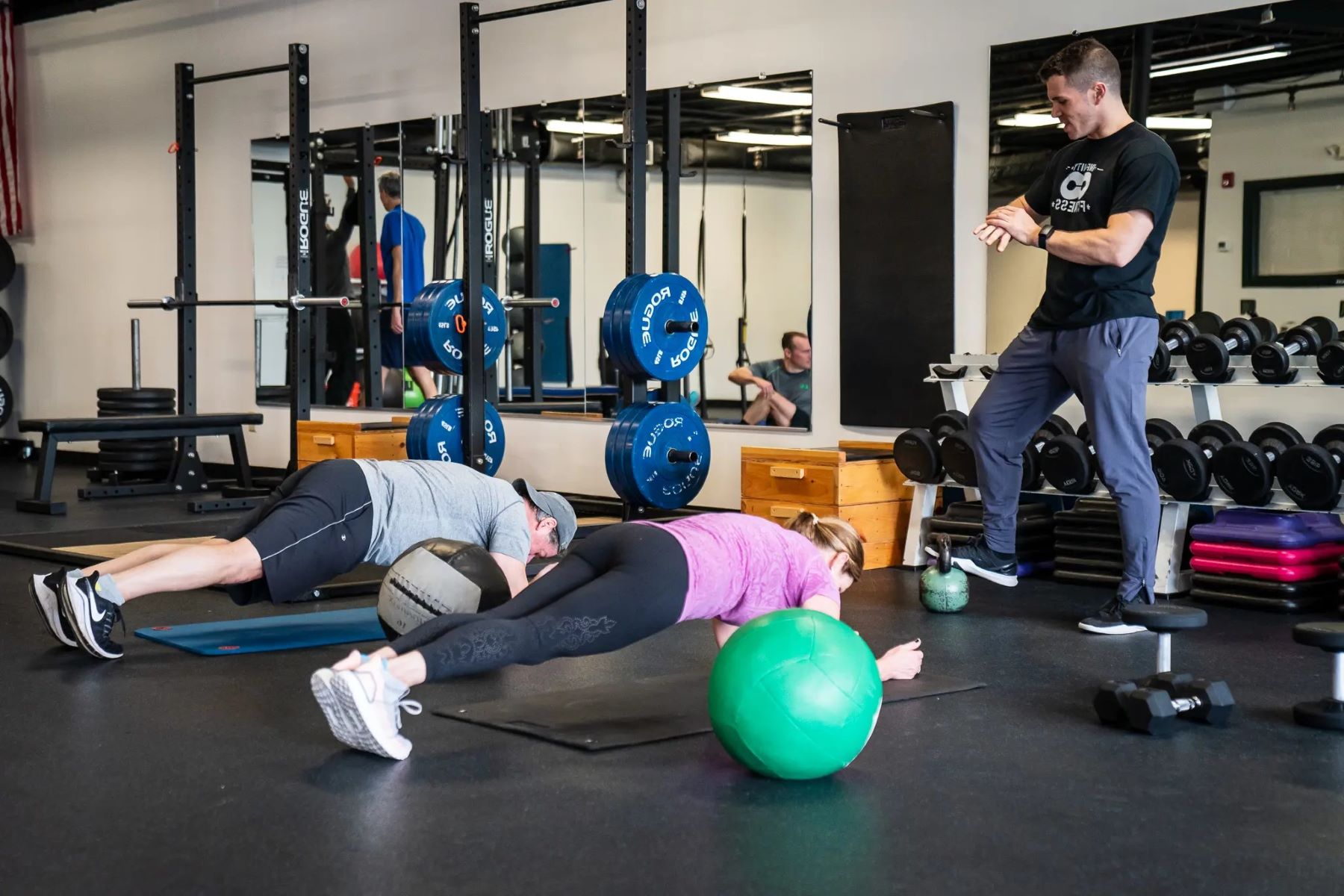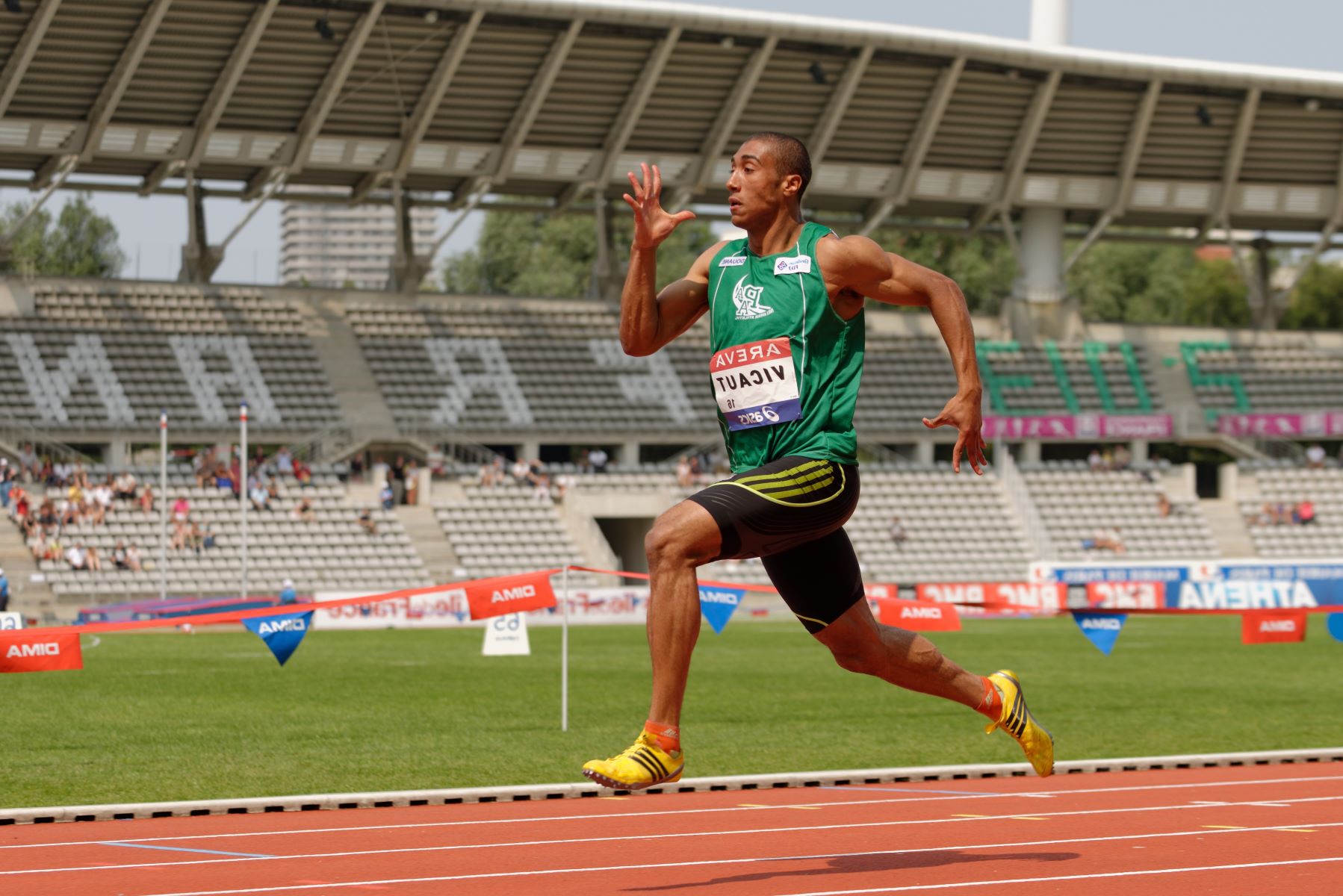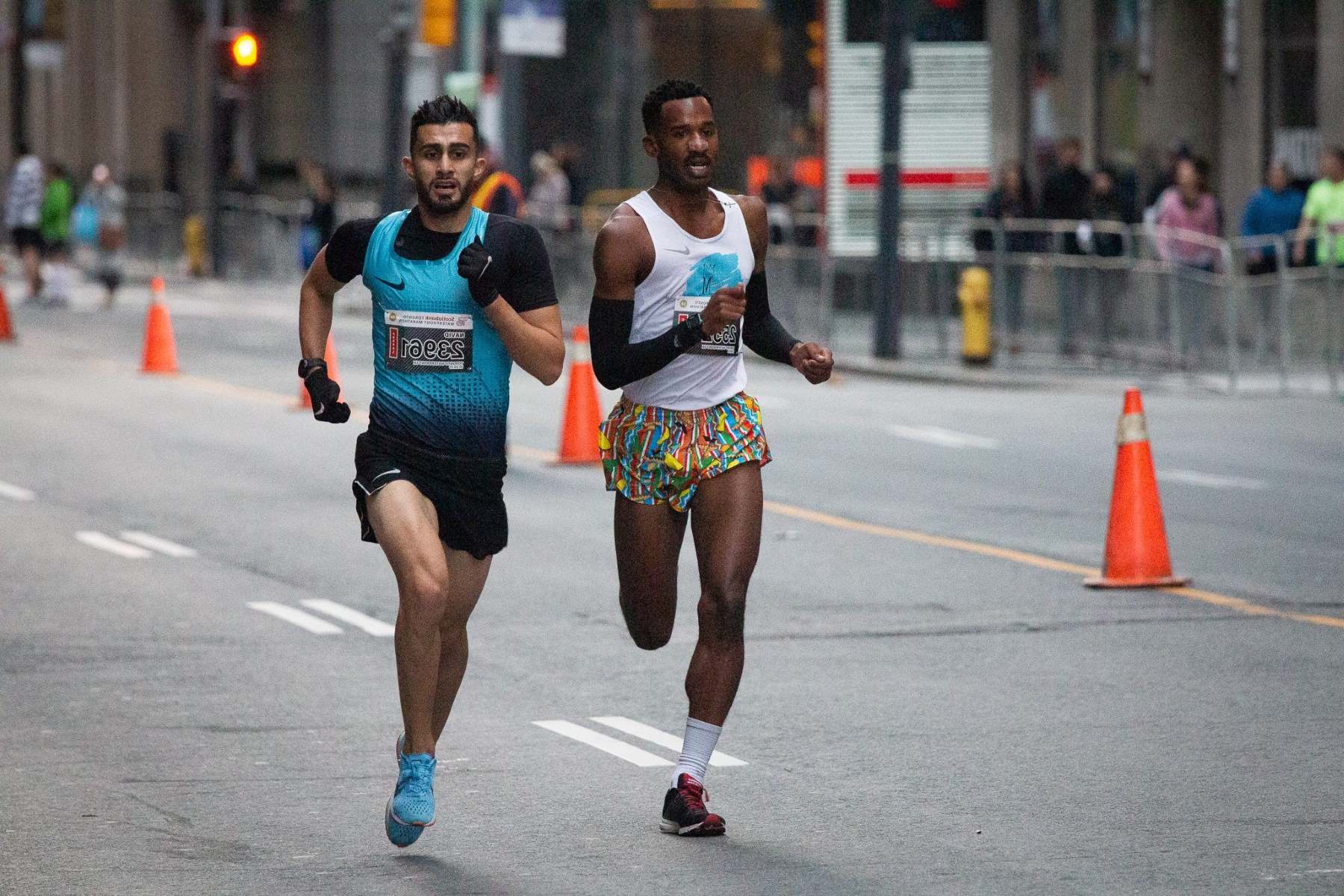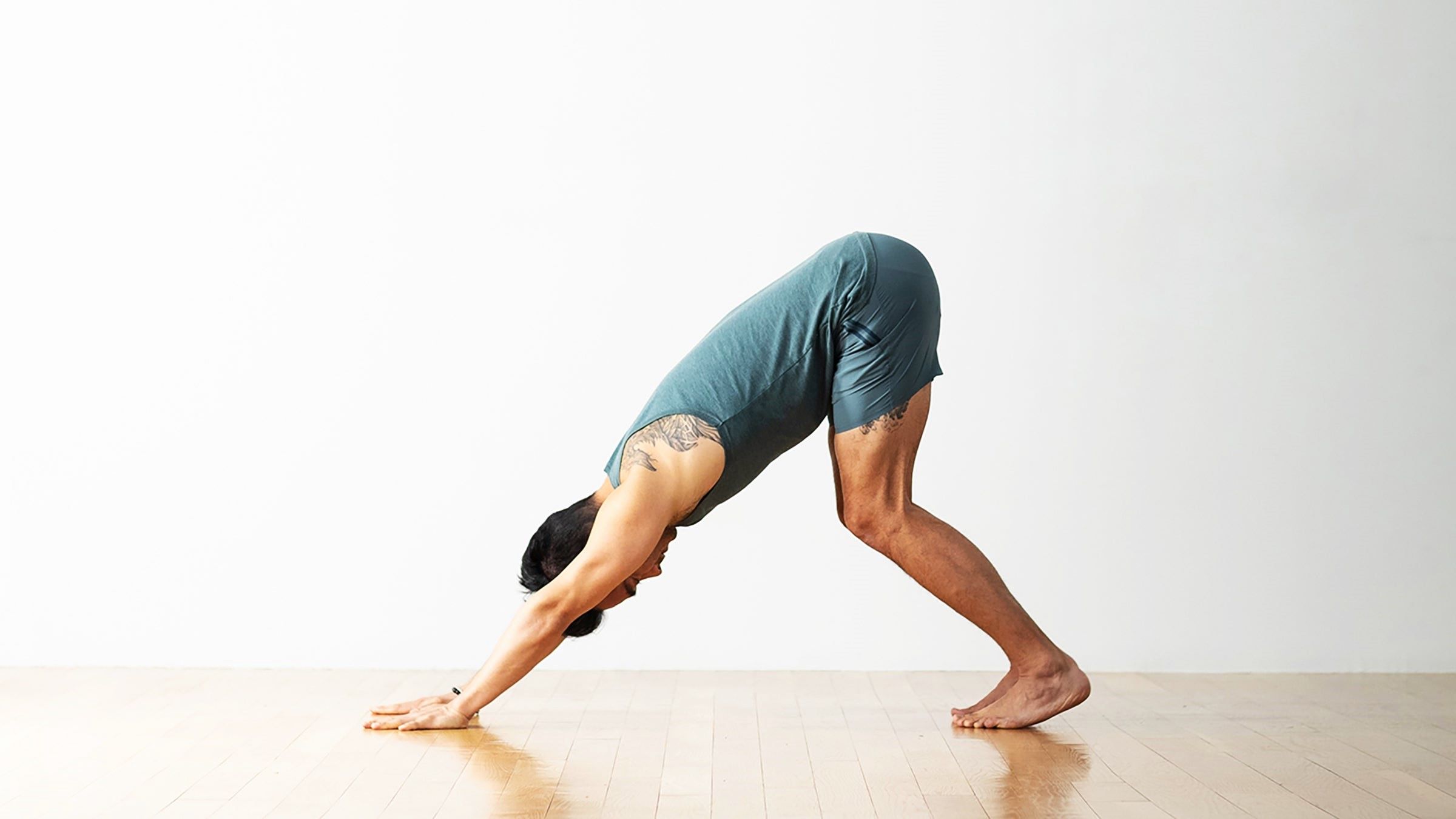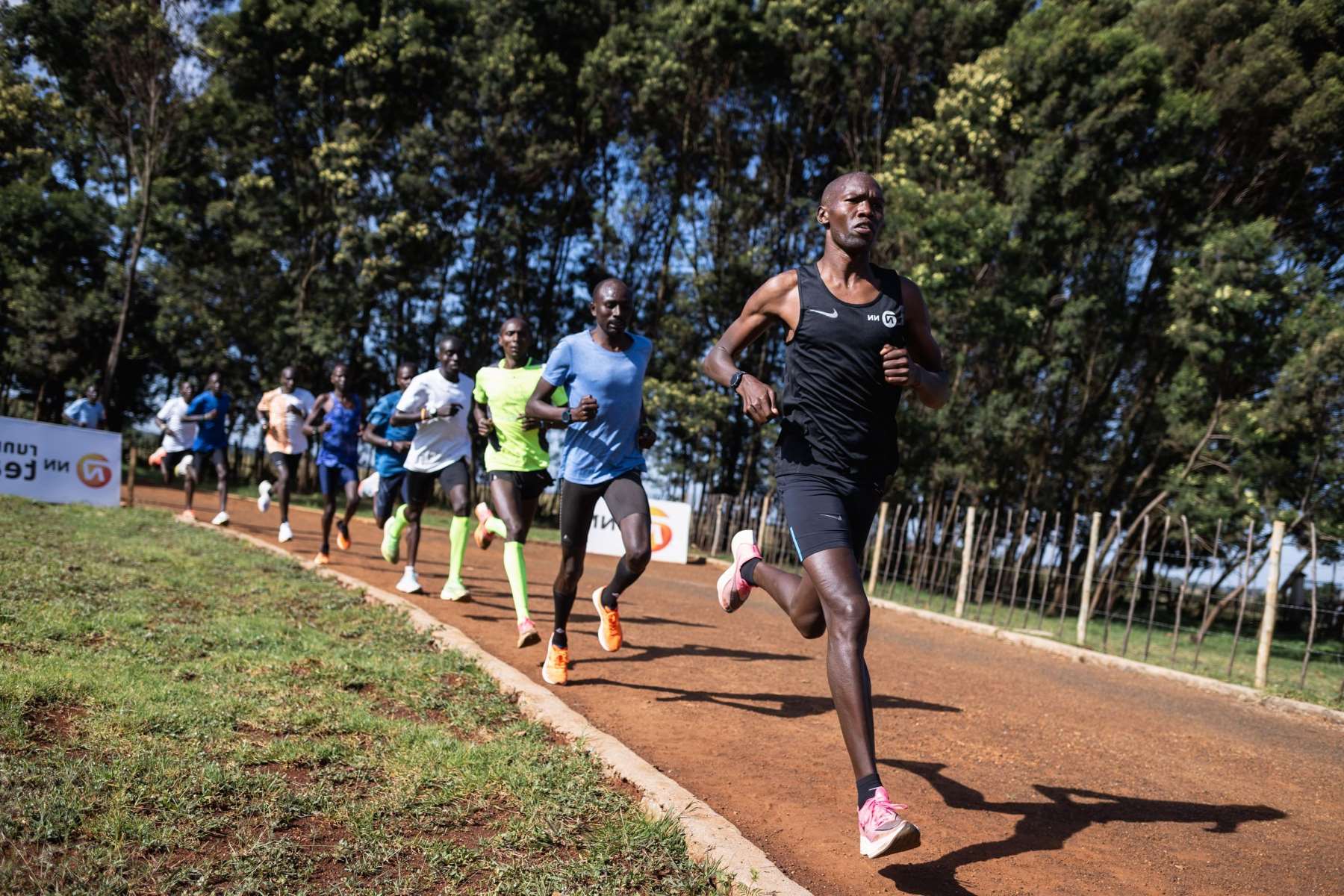Home>Training & Techniques>The Impact Of Proper Breathing On Running Efficiency And Speed


Training & Techniques
The Impact Of Proper Breathing On Running Efficiency And Speed
Published: February 29, 2024
Discover the impact of proper breathing on running efficiency and speed. Learn essential training & techniques to optimize your breathing for improved performance.
(Many of the links in this article redirect to a specific reviewed product. Your purchase of these products through affiliate links helps to generate commission for Therunningadvisor.com, at no extra cost. Learn more)
Table of Contents
The Importance of Breathing in Running
Proper breathing is a fundamental aspect of running that significantly impacts performance and overall experience. When engaging in physical activities such as running, the body's demand for oxygen increases to meet the heightened energy requirements. Efficient breathing plays a crucial role in delivering oxygen to the muscles, aiding in the release of energy, and removing carbon dioxide and metabolic byproducts from the body.
During running, the respiratory system works in tandem with the cardiovascular system to supply oxygen to the working muscles. The diaphragm, a primary muscle involved in breathing, contracts and relaxes to facilitate inhalation and exhalation. Proper breathing techniques optimize the exchange of oxygen and carbon dioxide, enhancing the body's ability to sustain physical exertion.
In addition to the physiological benefits, mindful breathing can also contribute to mental focus and relaxation during running. By synchronizing breath with stride, runners can establish a rhythm that promotes a sense of calm and control, ultimately enhancing endurance and performance.
Furthermore, the impact of breathing extends beyond the physical and mental realms, influencing the prevention of injuries and the reduction of fatigue. When runners maintain a steady and controlled breathing pattern, they can minimize the risk of side stitches and muscle cramps, which often result from shallow or erratic breathing.
In essence, the significance of breathing in running cannot be overstated. It serves as the cornerstone of efficient energy utilization, mental composure, and injury prevention, ultimately shaping the overall running experience. By understanding and implementing proper breathing techniques, runners can optimize their performance and derive greater enjoyment from their running endeavors.
Read more: The Impact Of Cold Air On Breathing
Proper Breathing Techniques for Running
When it comes to running, mastering proper breathing techniques is essential for optimizing performance and endurance. Implementing the right breathing patterns can significantly impact a runner's ability to sustain physical exertion and enhance overall running experience. Here are some effective breathing techniques tailored for running:
1. Diaphragmatic Breathing
Diaphragmatic breathing, also known as belly breathing, involves engaging the diaphragm to facilitate deep inhalation and exhalation. This technique allows for maximum oxygen intake and efficient carbon dioxide expulsion. To practice diaphragmatic breathing, runners should focus on expanding their abdomen during inhalation and contracting it during exhalation, ensuring that the chest remains relatively still. This technique promotes optimal oxygen exchange and minimizes the likelihood of shallow breathing, which can lead to fatigue and decreased performance.
2. Rhythmic Breathing
Rhythmic breathing involves coordinating breath with stride, establishing a harmonious cadence that promotes efficiency and relaxation. Many runners find a 3:3 or 2:2 breathing pattern (inhalation:exhalation) to be effective in synchronizing breath with their running rhythm. For instance, in a 3:3 pattern, runners inhale for three strides and exhale for three strides, creating a consistent and balanced breathing cycle. This technique helps regulate oxygen flow, reduces the risk of side stitches, and fosters a sense of control and focus during running.
3. Nasal Breathing
Nasal breathing, as the name suggests, involves inhaling and exhaling exclusively through the nose. This technique serves multiple purposes, including warming and filtering the air before it reaches the lungs, regulating breathing rate, and optimizing oxygen uptake. Nasal breathing can also help prevent dehydration by reducing the loss of moisture from the respiratory system. While nasal breathing may require conscious effort initially, it can lead to improved respiratory efficiency and enhanced endurance over time.
Read more: The Impact Of Running On Meniscal Cysts
4. Relaxation Breathing
Incorporating relaxation breathing techniques during running can mitigate tension and promote mental composure. By focusing on deep, steady breaths and consciously releasing muscle tension, runners can alleviate stress and conserve energy. Relaxation breathing involves inhaling deeply, allowing the abdomen to expand, and exhaling slowly, releasing any accumulated tension. This technique fosters a sense of calm and control, contributing to improved running performance and overall well-being.
Incorporating these proper breathing techniques into running routines can yield substantial benefits, including enhanced oxygen utilization, reduced fatigue, and improved mental focus. By mastering these techniques and integrating them into training and racing, runners can optimize their breathing patterns, ultimately elevating their running efficiency and enjoyment.
How Breathing Affects Running Efficiency
The impact of breathing on running efficiency is profound, influencing various physiological and psychological aspects that directly contribute to overall performance. Proper breathing techniques play a pivotal role in optimizing oxygen uptake, energy utilization, and mental composure, ultimately shaping the efficiency of running endeavors.
First and foremost, efficient breathing directly impacts oxygen delivery to the working muscles. During running, the demand for oxygen increases to meet the heightened energy requirements. By employing proper breathing techniques such as diaphragmatic breathing and rhythmic breathing, runners can enhance oxygen intake, ensuring that an adequate supply of oxygen reaches the muscles. This optimized oxygen delivery facilitates aerobic energy production, enabling the muscles to efficiently convert stored energy into mechanical work, thereby enhancing running efficiency.
Furthermore, the expulsion of carbon dioxide, a byproduct of energy metabolism, is equally crucial for running efficiency. Effective breathing techniques facilitate the removal of carbon dioxide from the body, preventing its accumulation, which can lead to fatigue and decreased performance. By maintaining a steady and controlled breathing pattern, runners can efficiently expel carbon dioxide, supporting sustained physical exertion and enhancing overall running efficiency.
In addition to the physiological aspects, breathing profoundly influences mental composure and focus during running. Mindful breathing techniques, such as relaxation breathing, can mitigate stress and tension, promoting a sense of calm and control. This mental composure not only contributes to overall well-being but also enhances running efficiency by minimizing the impact of psychological fatigue and distractions, allowing runners to maintain a steady pace and optimal performance.
Moreover, the relationship between breathing and running efficiency extends to the prevention of injuries and the reduction of fatigue. Proper breathing techniques, particularly rhythmic breathing, can help minimize the occurrence of side stitches and muscle cramps, which often result from shallow or erratic breathing. By reducing the risk of these discomforts, runners can sustain their performance and minimize interruptions, ultimately contributing to enhanced running efficiency.
In essence, the impact of breathing on running efficiency is multifaceted, encompassing physiological oxygen exchange, carbon dioxide removal, mental composure, and injury prevention. By understanding and implementing proper breathing techniques, runners can optimize their breathing patterns, thereby elevating their running efficiency and overall performance.
The Relationship Between Breathing and Running Speed
The relationship between breathing and running speed is intricately intertwined, exerting a profound influence on a runner's ability to sustain pace, optimize performance, and achieve speed-related goals. Proper breathing techniques play a pivotal role in facilitating the physiological and psychological conditions necessary for enhanced running speed.
Efficient breathing directly impacts oxygen delivery to the working muscles, a critical factor in sustaining high-speed running. By employing proper breathing techniques such as diaphragmatic breathing and rhythmic breathing, runners can optimize oxygen intake, ensuring that an adequate supply of oxygen reaches the muscles. This optimized oxygen delivery facilitates aerobic energy production, enabling the muscles to efficiently convert stored energy into mechanical work, thereby supporting sustained high-speed running.
Furthermore, the expulsion of carbon dioxide, a byproduct of energy metabolism, is equally crucial for running speed. Effective breathing techniques facilitate the removal of carbon dioxide from the body, preventing its accumulation, which can lead to fatigue and decreased speed. By maintaining a steady and controlled breathing pattern, runners can efficiently expel carbon dioxide, supporting sustained high-speed running and enhancing overall speed performance.
In addition to the physiological aspects, breathing profoundly influences mental composure and focus during high-speed running. Mindful breathing techniques, such as relaxation breathing, can mitigate stress and tension, promoting a sense of calm and control. This mental composure not only contributes to overall well-being but also enhances running speed by minimizing the impact of psychological fatigue and distractions, allowing runners to maintain a steady and swift pace.
Moreover, the relationship between breathing and running speed extends to the prevention of injuries and the reduction of fatigue. Proper breathing techniques, particularly rhythmic breathing, can help minimize the occurrence of side stitches and muscle cramps, which often hinder speed performance. By reducing the risk of these discomforts, runners can sustain their speed and minimize interruptions, ultimately contributing to enhanced running speed.
In essence, the relationship between breathing and running speed is multifaceted, encompassing physiological oxygen exchange, carbon dioxide removal, mental composure, and injury prevention. By understanding and implementing proper breathing techniques, runners can optimize their breathing patterns, thereby elevating their running speed and overall performance.
Tips for Improving Breathing During Running
Improving breathing during running is essential for optimizing performance, enhancing endurance, and promoting overall well-being. Implementing effective breathing techniques can significantly impact a runner's ability to sustain physical exertion and elevate the running experience. Here are valuable tips for enhancing breathing during running:
-
Mindful Awareness: Cultivating mindful awareness of breathing patterns is fundamental to improving respiratory efficiency during running. By consciously focusing on the inhalation and exhalation process, runners can identify any irregularities or shallow breathing habits, allowing them to make necessary adjustments to optimize their breathing technique.
-
Gradual Pace Adjustment: When transitioning to a faster pace or incline during running, it is beneficial to gradually adjust breathing patterns to accommodate the increased energy demand. By preemptively adjusting the breathing rhythm, runners can ensure a smooth transition to higher intensity levels, minimizing the risk of breathlessness and promoting sustained performance.
-
Relaxation Techniques: Incorporating relaxation techniques, such as deep breathing and progressive muscle relaxation, can alleviate tension and promote a sense of calm during running. By consciously releasing muscle tension and focusing on steady, deep breaths, runners can mitigate stress and enhance overall respiratory efficiency.
-
Posture Awareness: Maintaining proper posture while running is integral to optimizing breathing. By adopting an upright posture and engaging the core muscles, runners can create ample space for the diaphragm to expand and contract effectively, facilitating optimal breathing mechanics and enhancing oxygen uptake.
-
Breath Synchronization: Coordinating breath with stride through rhythmic breathing techniques can promote a harmonious cadence, enhancing respiratory efficiency and mental focus. By establishing a consistent inhalation and exhalation pattern that aligns with the running rhythm, runners can optimize oxygen flow and minimize the risk of breath irregularities.
-
Nasal Breathing Emphasis: Emphasizing nasal breathing during running can optimize oxygen uptake and regulate breathing rate. By inhaling and exhaling exclusively through the nose, runners can benefit from warmed and filtered air, reducing the likelihood of respiratory discomfort and promoting efficient oxygen exchange.
-
Practice and Patience: Improving breathing during running requires consistent practice and patience. By integrating breathing-focused drills and exercises into training routines, runners can gradually enhance their respiratory capacity and efficiency, ultimately elevating their running performance.
By incorporating these tips into their running regimen, individuals can improve their breathing technique, optimize oxygen uptake, and enhance overall running efficiency, ultimately contributing to a more enjoyable and rewarding running experience.


